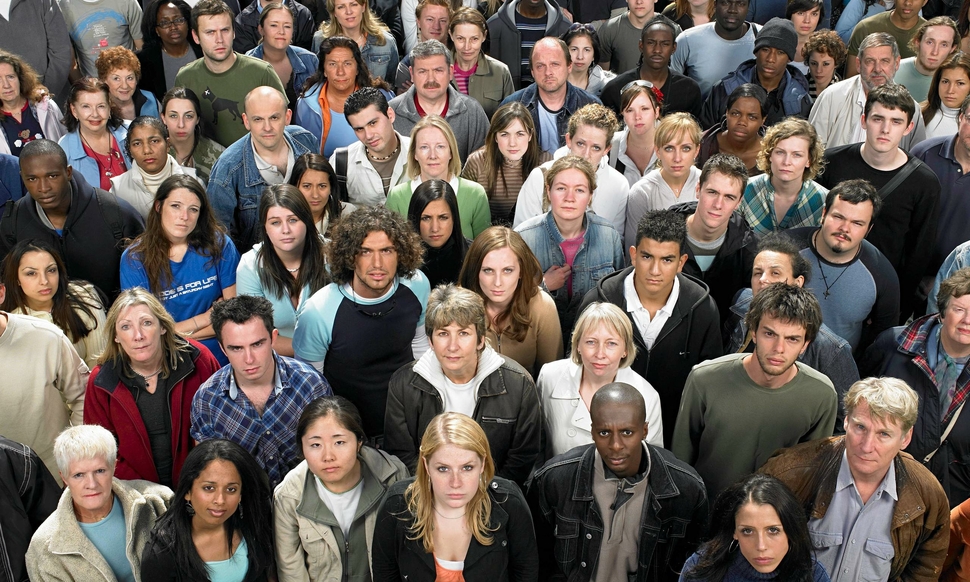Us, as the young designers and engineers are taught to think about strategies, plans or designs of something; in case of course Engineering for Sustainable Development about future vision of sustainable Texel in 50 years. While working on the topic for several weeks, we have come up with many strategies and plans of how such shift towards sustainable future could happen. However, as most of us students are enthusiasts about the topic of sustainability, in most of these scenarios we assumed, that other people will also be caught very easily about the thought of sustainability and will follow our visions without much effort. How wrong we were… During the bubble week in Texel it became very obvious, that while designing, we often tend to forget a very important aspect of the design; the people factor.
Interesting to notice is that different actors have different motives and behavior and sometimes it is necessary to critically deconstruct the truth behind their statements. For example the municipality most of the times stands for big visions, plans and strategies of the whole area of their power. However, often the implementation of these visions is the weak point and sometimes the visions stay only visions and never become reality; although usually the governmental body would not admit it easily.
Entrepreneurs and businesses are another interesting group of people. In their case we tend to rely on the fact, that such people could be the drivers for the sustainability movement, mostly due to their willingness to try new things and not being afraid of uncertainties and risks. Some of the entrepreneurs are indeed like that; they think in social and environmental terms, they do care about the community and the nature around them and they try to come up with new innovative ideas to strengthen the resilience of these things. But, most of the businesses and entrepreneurs have been and still are only profit driven. “What’s my profit from it?” is the usual question…
The common people, in other words the residents, are usually assumed to come on board of any visions, which strive to improve the lifestyle of the area, with ease. We could say that sustainability visions are of this kind, as the happiness of people is an important aspect of such visions. However, we tend to forget, that common people prefer the known areas of their comfort zone and basically tend to oppose any radical changes, because they do not trust they will work as planned.
All the thoughts about different types of actors in our scenarios lead to one simple conclusion: while designing strategies for sustainability, we cannot rely on the enthusiasm or willingness of people. On the contrary we need to focus in our plans on how to convince the people about the benefits our plan brings and also about the possible incentives for the various stakeholders. We need to be able to answer the question “and what is in it for me?” to each and every one of them in order for our strategy to succeed in the reality.
